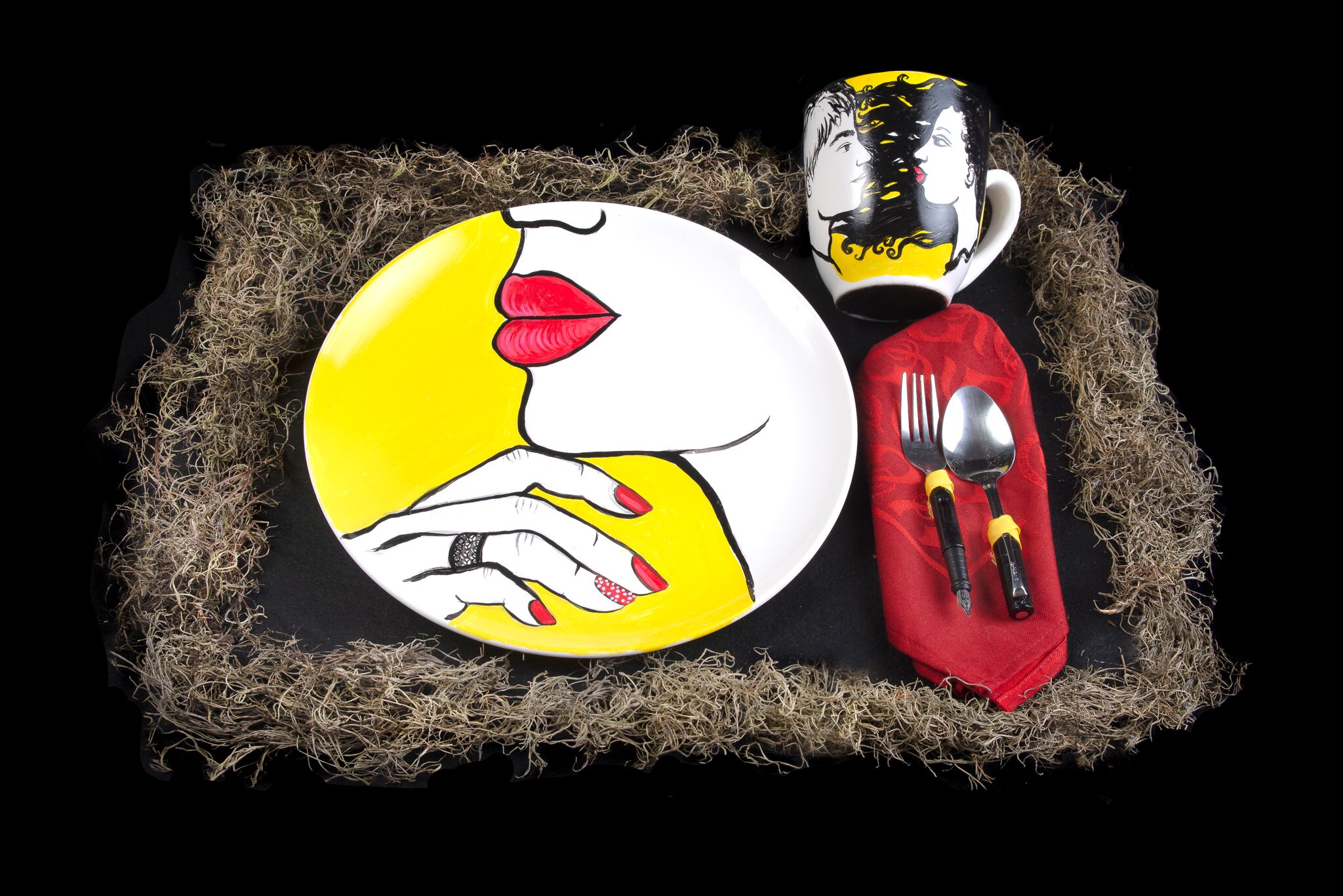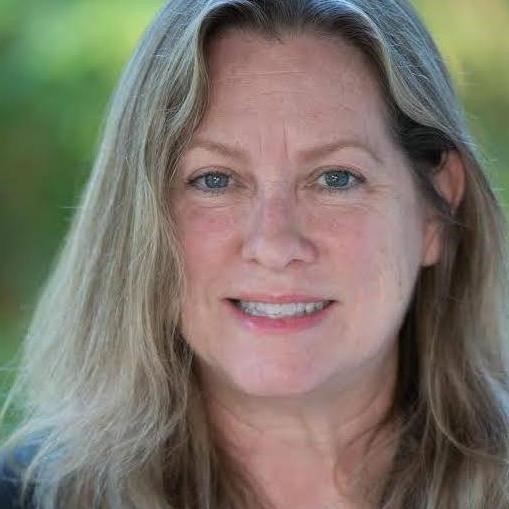We’re featuring the artists from the Supper Table project throughout the summer. This is the 20th in our series on Supper Table Artists
Qiana Whitted - photo Michael Danzler
Known by Martin Luther King Jr. as “The Mother of the Movement,” Septima Clark was an educator and civil rights activist who spent her life fighting for literacy and equality for black Americans. Two Supper Table artists had the task of speaking life into Clark’s story, one through written word and the other through spoken.
Qiana Whitted is the literary artist who wrote a non-fiction literary essay about Septima Clark’s life. Whitted is the Director of the African American Studies Program at the University of South Carolina. Her research focuses on African-American literary and cultural studies, American comics, and graphic novels. Her recent book, EC Comics: Race, Shock, and Social Protest, explores representations of race and racism. She is also the author of “A God of Justice?”: The Problem of Evil in Twentieth-Century Black Literature and co-editor of Comics and the U.S. South. Additionally, Whitted is editor of Inks: The Journal of the Comics Studies Society and chair of the International Comic Arts Forum. She is the mother of two children, Naima and Alex.
The following is an excerpt from her essay:
Clark began her career during World War I on Johns Island at a school with over 130 students. Miss Seppie, as the Gullah folk called her, would go on to teach across the Carolinas, from rural classrooms in Mars Hill and McClellanville to Avery Normal Institute in Charleston and Booker T. Washington School in Columbia. After school hours and on weekends, Clark turned her attention to the needs of her students’ parents and grandparents. She helped local residents to write letters and speeches, fill out applications and mail-order forms, and organize sewing circles, immunization drives, and handwriting clinics. While her own training at Avery emphasized a pedagogy that embraced racial uplift ideology and respectability as core values, those early years as a teacher challenged her assumptions about the realities of social and economic inequality and demanded from her a different kind of resourcefulness. Clark gained a profound appreciation for adult literacy training, deploying what historian Katherine Mellen Charron calls “educational camouflage” to transform classroom basics into acts of recognition and resistance against white supremacy. Clark’s experience on Johns Island sowed the seeds for the Citizenship Schools, a grassroots educational initiative in the South that combined practical literacy with voter registration, civics instruction, and community action.
It was Clark’s advocacy on behalf of students and teachers that transformed her into a freedom fighter. Her first steps included taking part in the NAACP campaign to allow black teachers to be hired in Charleston’s public schools. Canvassing door to door with fellow teachers, and even a few sixth-graders, Clark tirelessly gathered signatures for the successful petition. She was inspired by black women activist educators such as Mary McLeod Bethune to expand her reach within teachers’ associations and women’s clubs during the 1930s. She helped to integrate the central board of Charleston’s YWCA and made a point to forge relationships with white-led civic organizations that focused on school reform and health promotion. When it came to education for citizenship, Clark was concerned by the way many Progressive era initiatives encouraged students to exercise their rights without disrupting the status quo of segregation. Therefore, when given the opportunity to develop her own curriculum, Clark modeled her endeavors after local education reformers such as Wil Lou Gray and Booker T. Washington’s principal, C.A. Johnson. She listened closely to the needs of black adult learners, respected their experiential knowledge, and nurtured their aspirations, whether they required help reading the newspaper or understanding election laws.
Annette Dees Grevious
Embodying these words in the Supper Table theatrical performance is Annette Dees Grevious. Grevious is an Associate of Professor of Speech and Drama at Claflin University, where she has served as Theatre Program Coordinator and Director of the Theatre Ensemble for 17 years. She received an MFA in Theatre Performance from the University of Louisville and a BA in Theatre from Brenau University. Grevious has been performing professionally for more than two decades. She has performed with and on the following South Carolina theatre companies and stages: Trustus Theatre, Art Forms and Theatre Concepts, Inc., and Motion FilmWorks.
Septima Clark is a name full of such power yet a name so little known. In her performance, Grevious hopes to not only represent the struggles and success of Clark’s life but tell her story in a way that will ensure no one forgets her name again.
To read the rest of Whitted’s essay, located in our book Setting the Supper Table, and to see Grevious’ performance of Septima Clark, come to one of our opening events on either September 6th at Trustus (almost gone!) or September 8th at Harbison.
-Christina Xan























































